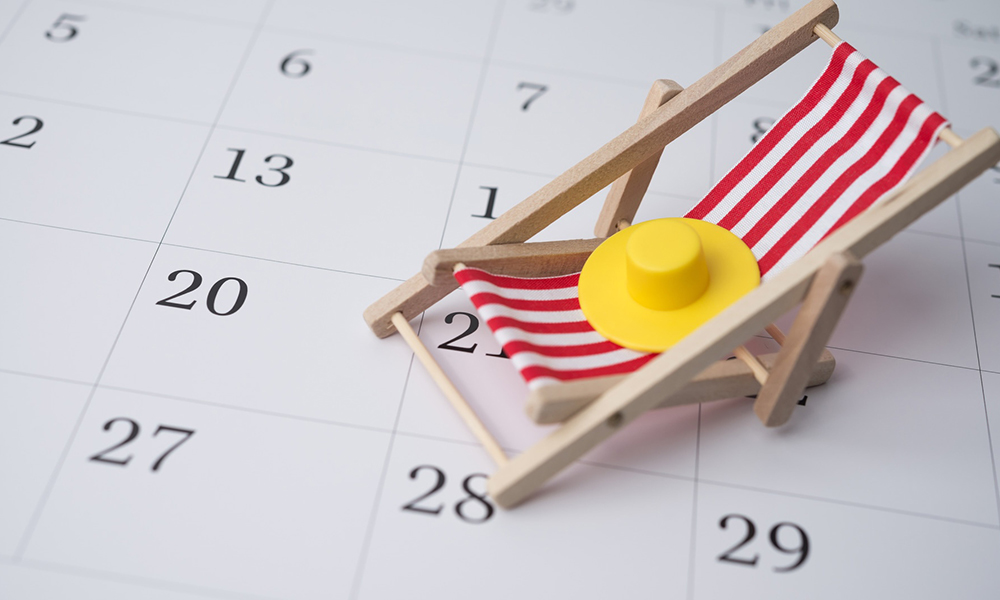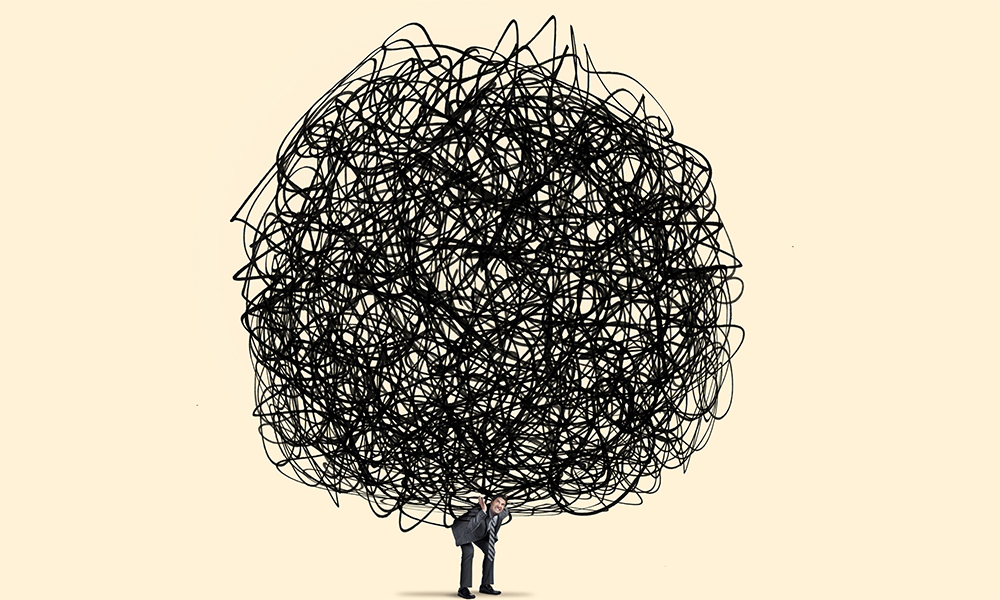As leaders, we tend to focus on breadth and try to become more adept at multi-tasking our way through a wide variety of issues. However, over time, our attention spans can get distracted by this juggling. Left unchecked, some of us become less focused. Our ability to concentrate, our cognitive abilities and our productivity can take a hit.
I recently read about “sitzfleisch”, a simple yet powerful idea that’s making its way from Germany into boardrooms and classrooms across the world.
Literally speaking, sitzfleisch means “sitting flesh” (i.e. one’s bottom, upon which one sits). But what this cheeky phrase actually refers to is a particular approach towards work, commonly found and highly esteemed in Germany. Like other now-famous German words (schadenfreude*, anyone?), sitzfleisch has no direct equivalent in the English language. Some people translate it as “endurance”, but that’s too simplistic. In the BBC article, Sitzfleisch: The German concept to get more work done, Emily Schultheis captures the concept more accurately:
To have sitzfleisch means the ability to sit still for the long periods of time required to be truly productive; it means the stamina to work through a difficult situation and see a project through to the end.
In other words, it refers to staying power: being able to sit down and keep hammering away at a task until it’s completed. A lack of sitzfleisch, implies that one is unfocused – a common criticism levelled by older Germans towards the younger generation!
The concept of sitzfleisch fits in neatly within the broader work culture in Germany. Most people spend no more than 35 hours a week at the office, yet manage to be incredibly productive. Sitzfleisch seems to be the one of the secrets behind this enviable efficiency.
The best thing about sitzfleisch is that it’s relevant for everyone – you’re sure to find value in it, regardless of the nature of your work. It’s as applicable for people in deeply creative roles as it is for those in pragmatic, data-driven jobs. From Einstein to Beethoven, this unassuming quality is indispensable to long-term success. After all, natural talent and intelligence mean little without the discipline to get things done.
This keep-at-it approach is also finding champions in education. For example, more schools in the US are now trying to inculcate “grit” (an American version of sitzfleisch, developed by psychologist Angela Duckworth) in their students. In her New York Times review of Duckworth’s book, Grit: The Power of Passion and Perseverance, Judith Shulevitz describes “gritty”:
If this book were a Power Point presentation, as it surely has been, the best slide would be the two equations that offer a simple proof for why grit trumps talent: Talent × effort = skill. Skill × effort = achievement. In other words, “Effort counts twice.” My grandfather, an immigrant, knew this. He would have called grit Sitzfleisch.
Here areeight ways in which you can start increasing your sitzfleisch:
1. Assess your productivity
Measure your personal productivity. This can be through feedback from your managers or peers or a self-assessment, says Dr. Robert Hogan in the above-mentioned BBC article. If you find you’re underperforming, then sitzfleisch could be the answer.
2. Work on one thing at a time
Multi-tasking is the natural enemy of absorbed focus. In The Magic of Doing One Thing at a Time, published in the Harvard Business Review, Tony Schwartz explains that trying to do multiple things together costs you in productivity:
In part, that’s a simple consequence of splitting your attention, so that you’re partially engaged in multiple activities but rarely fully engaged in any one. In part, it’s because when you switch away from a primary task to do something else, you’re increasing the time it takes to finish that task by an average of 25 per cent.
So, rather than scattering your energy, pick one task and stay with it until it’s done. Not only does it enable you to complete work quicker, but it also boosts quality.
3. Don’t wait for “ideal” conditions
Many of us make the mistake of waiting around endlessly for the perfect moment to begin, or for inspiration to strike. But conditions will rarely be ideal – and inspiration is famously unreliable. As author EB White put it: “A writer who waits for ideal conditions under which to work will die without putting a word to paper.” Sitzfleisch is about day-to-day diligence, no matter what the situation.
4. Overcome your feelings
You may not always be in the mood for a task – crunching numbers, devising a complex strategy, or coming up with an innovative idea. When bored or overwhelmed, you end up procrastinating or distracting yourself with feel-good activities.
The trick to cultivating sitzfleisch is to get a hold of your emotions, instead of letting them rule you. In the article, Thislifehack will change your life – if you can stand it, EphratLivni elaborates:
Emotions fluctuate constantly. So, feelings aren’t reliable indicators of whether we’re doing something well or something useful. As such, productive people don’t let their feelings dictate their actions. They flip the script and let action dictate emotion, doing dull stuff which feels fun when it’s done.
5. Calendar in time
You’re more likely to stick to something if it’s on your calendar, so try blocking some time – maybe an hour every day – for doing work that requires intense concentration. Then, cut off and deep dive into this. You can also try this for tasks like clearing email, checking social media etc., which would unknowingly take up a lot of time if you’re doing them constantly through the day. Breaking it down into smaller chunks helps you stay focused and more effective, while also ensuring that response time doesn’t suffer.
6. Expand the concept
In an increasingly flexible world, sitzfleisch – which traditionally implies spending long hours at your desk in the office – can sometimes feel limiting. What if you’re working from home or out of a coffee shop? What if your job involves talking to people or conducting site inspections? Luckily, sitzfleisch doesn’t have to be taken quite so literally. As long as you bring single-minded attention and perseverance to your work, you’ll still reap the benefits. As Dr. Hogan says:
People who are focused and hardworking will be focused and hardworking where ever they are.
7. Just begin
Using the right tools and systems can certainly help you manage your time better. But the ultimate productivity advice is as simple as just start. To get something done, you have to actually do it: take the first step, then the next one, and so on. Don’t get too caught up with complex plans and methodologies.
8. Take mini breaks
To maximise your long-term staying power, punctuate periods of intense concentration with short bursts of renewal. This doesn’t mean doing some other work-related task! Instead, do something refreshing: listen to a song, chat with a colleague, or go for a short walk. By replenishing your energy levels, you’ll be able to sustain sitzfleisch over a longer period of time.
As always, I look forward to your thoughts.
* the joy derived from someone else’s misfortune








Comments